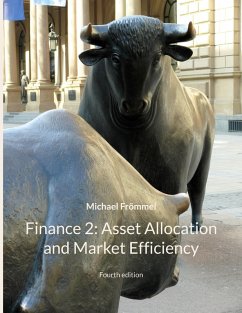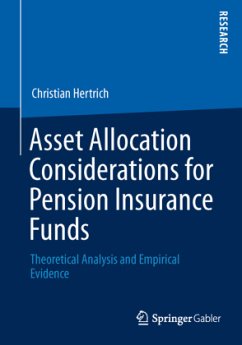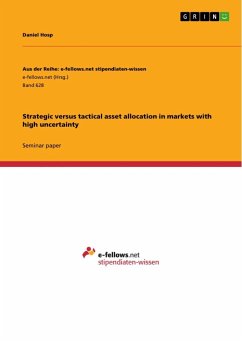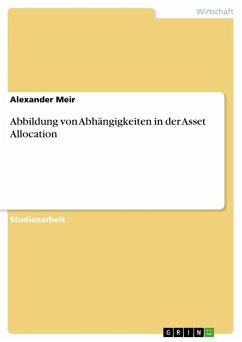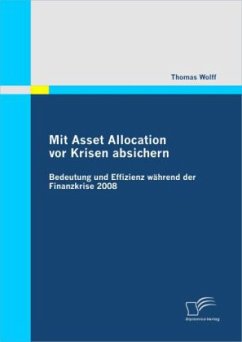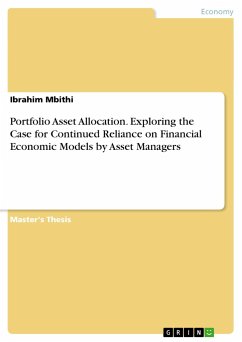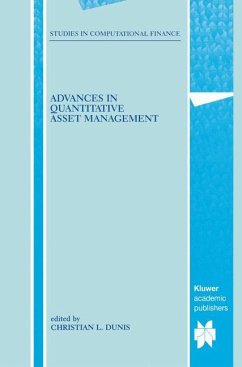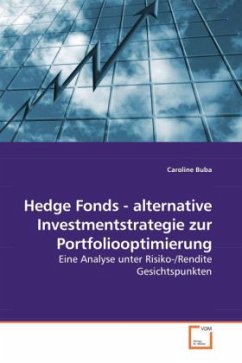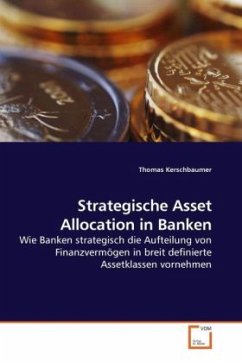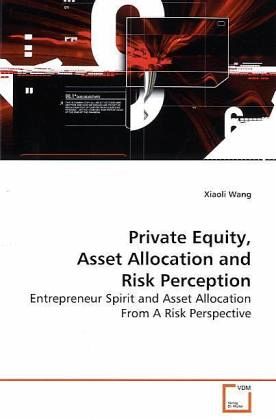
Private Equity, Asset Allocation and Risk Perception
Entrepreneur Spirit and Asset Allocation From A Risk Perspective
Versandkostenfrei!
Versandfertig in 6-10 Tagen
39,99 €
inkl. MwSt.

PAYBACK Punkte
20 °P sammeln!
Modern finance is based upon investors receiving greater expected returns from undertaking greater risks. However, literature has well documented entrepreneurs undertake larger risks than their returns could justify. In this book, a new theory is developed to explain the above entrepreneurial risk/return puzzle. In my framework, I argue that entrepreneurs or people investing in private equity usually place a higher value on personally held information or assets under personal control as compared to general public information and these beliefs lead them to assess lower risk regarding such asset...
Modern finance is based upon investors receiving
greater expected returns from undertaking greater
risks. However, literature has well documented
entrepreneurs undertake larger risks than their
returns could justify. In this book, a new theory is
developed to explain the above entrepreneurial
risk/return puzzle. In my framework, I argue that
entrepreneurs or people investing in private equity
usually place a higher value on personally held
information or assets under personal control as
compared to general public information and these
beliefs lead them to assess lower risk regarding
such assets. Correspondingly, they require lower
returns as compensation and they tilt their
investments toward such assets. A heterogeneous CAPM
model is thus derived to investigates how the
heterogeneity in the risk perception influences
investors portfolio choices. The model also
provides explanations for other financial puzzles
including size premium puzzle, investors local
bias/home bias puzzle, investor s under-
diversification puzzle, and different
entrepreneurial behavior patterns in different
market regimes, etc.
greater expected returns from undertaking greater
risks. However, literature has well documented
entrepreneurs undertake larger risks than their
returns could justify. In this book, a new theory is
developed to explain the above entrepreneurial
risk/return puzzle. In my framework, I argue that
entrepreneurs or people investing in private equity
usually place a higher value on personally held
information or assets under personal control as
compared to general public information and these
beliefs lead them to assess lower risk regarding
such assets. Correspondingly, they require lower
returns as compensation and they tilt their
investments toward such assets. A heterogeneous CAPM
model is thus derived to investigates how the
heterogeneity in the risk perception influences
investors portfolio choices. The model also
provides explanations for other financial puzzles
including size premium puzzle, investors local
bias/home bias puzzle, investor s under-
diversification puzzle, and different
entrepreneurial behavior patterns in different
market regimes, etc.



